




Belgium Travel Guide

🗝️ Key Facts
🏛️Capital: Brussels
💶Currency: € Euro
🕙Time Zone: +1 GMT
📞Phone Code: +32
🌐Language: Flemish, French, German
✈️Best time to visit: April-September
🍴Eat: Fries and waffles
🍷Drink: Jenever (spirit)
🗺️Don't miss: Manneken-Pis (pissing boy statue)
🗺 Menu of Contents:
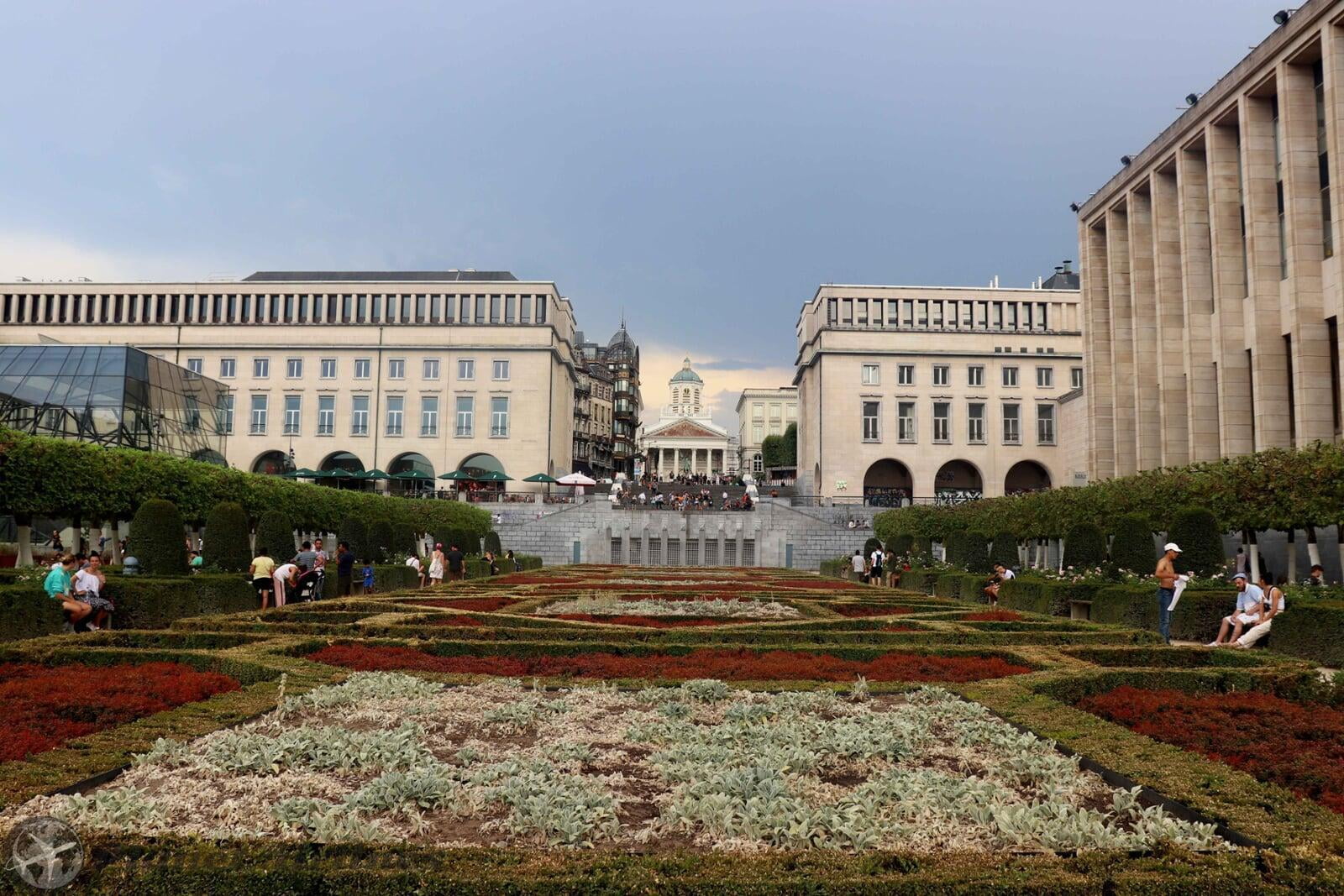
Belgium is located in Western Europe, bordering with The Netherlands, Germany, Luxembourg and France. Making it a very accessible country from Europe thanks to high speed rail connections, numerous flights options and main highways connecting with the capital, Brussels. Because Belgium is also part of the Schengen agreement it means it has no borders with its neighbouring countries. Making travelling easier and giving the opportunity for those visitors to explore more of Europe.
For many Belgium, has the taf of “boring” , but this is changing now with a more pretty and creative Belgium! Beer, chocolate and moules-frites might be the perfect reason for many first-time visitors, but while you’ll eat and drink well, the country’s other selling points are are worth a visit!
Medieval cities like Brussels, Bruges, Antwerp and Ghent play home to some stunning architecture, while a military legacy that covers everything from Waterloo to WWII holds its own interest. It’s compact, easy to travel around and boasts no fewer than 60 UNESCO World Heritage Sites.
Belgium, is divided into three regions − Flanders (the predominantly Dutch Speaking north), Wallonia (the predominantly French-speaking south) and the capital region of Brussels. Flanders is lled with museums and medieval architecture, its countryside studded with white-washed hamlets and paved with miles and miles of cycling paths. Its North Sea coastline offers opportunities to try landboarding or kitesurfing. Wallonia, meanwhile, follows a slower pace. Steeped in folklore, its main towns have a faded French elegance and are ideal points for exploring the rolling hills of the Ardennes.
Brussels itself is a blend of Art Nouveau mansions and gleaming skyscrapers, art galleries and flea markets, “fritkot” chip stands and Michelin-starred restaurants, it’s a city with many faces. Each quarter offers a different take on the personality of “Europe’s capital”.
Belgium is easy to get to by plane, train, bus or driving. However there are also ferry services linking it to the UK, thus the trip taking 12 hours, only suitable when driving across.
Air links are the best way to travel to Belgium from overseas and out of Europe. The main airline in Belgium is Brussels Airlines, also part of the Lufthansa Group. It flies to most European capitals as well as long haul routes to America and Africa, where it has a major presence.
It's possible to reach Brussels, the capital, with a one stop only from practically any corner of the world thanks to many major airlines flying into Brussels.
When travelling from Europe, many low cost airlines have regular daily flights to Belgium and Brussels, for example Ryanair or Easyjet. Specially when buying in advance flying can be cheaper than taking a train within Europe!
However taking the train is also a good option for proximity to Belgium, like Amsterdam, Rotterdam, Paris, London, Cologne or Dusseldorf which are very popular destinations and offer frequent services by rail. To check and buy your tickets by train check RailEurope.
Last but not least taking the bus from Belgium across Europe is very cheap and affordable for those wanting to see as many places as possible on a tight budget. Eurolines and Flixbus offer the best fares to travel to/from Belgium.
Once in Belgium, travelling around the country is easy thanks to a good network of local rail, busses and road infrastructure. The capital, Brussels, offers a good public transport system including metro, busses and trams as well. For more information about the Brussels transport system refer to the city guide on Brussels below.
.jpg)
The climate of Belgium is generally cool and wet, being influenced by the Atlantic Ocean, especially on the coast and the plain. The continental climate is noticed in Belgium with a big difference from Summer to Winter. The more inland you go from the Atlantic Ocean the less humid it gets but also more unstable and generally more cloudy. Precipitation is frequent, but not particularly abundant. The coastal area is less rainy and is also slightly more sunny than the interior:
Winter in Belgium is cold on the coast, but not freezing. Average temperatures in February can range from -5 to 10 C° and it's possible to see snow fall throughout the country except the coastal areas. Summer in Belgium is warm on the coast, with maximum temperatures reaching 25-30 C° in July and August. Cloudy and rainy days, are still common in the Summer, due to the Atlantic fronts. Spring and autumn are cool and cloudy seasons. It can be still cold in March and the first half of April, Spring, however, is less rainy than autumn.
The best time to visit Belgium is from April to June and September. However July and August is high season, and there can be hot days as well. Winter Christmas markets are also another reason to visit Belgium in December, but be prepared for more rain and the occasional snow falls.
For such a small country, it has rich local resources with fish and mussels being harvested from its North Sea coastline; pheasant, rabbit, and venison from the forested hills of the Ardennes; and first-class beef and lamb from the fertile Flemish lands. Butter, cream, beer and wine are used abundantly and feature regularly in the home cooking. It's easy to find Michelin-starred restaurants to the more humble fritkot (chip) stands. However if you are after the true street food and what Belgium is renowned for then, don't forget to try Belgium waffles, beer and chocolates!
Specialities in Belgium include: Moules frites, mussels and chips/French fries. Stoemp, mashed potato with leeks and carrots. Witloof en oven, endives wrapped in ham and covered in cheese sauce. Waterzooi, a fish/chicken and vegetable broth. Paling in ‘t groen, young eel cooked in a sauce of spinach, thyme, tarragon, sorrel, mint and white wine. Filet américain, raw mincemeat mixed with egg, onion and capers. Lapin aux pruneaux, rabbit cooked with prunes and beer. Faison à la brabançonne, pheasant cooked in butter with brussel sprouts and chicory. Salade liégeoise, salad containing boiled potatoes, bacon bits and green beans.
As for drinks, over 400 beers are brewed in Belgium. They range from the mass-produced lagers like Stella Artois through to boutique ales brewed by microbreweries. Some famous names are: Cantillon (microbrewed beer made in Brussels). Trappist beers (monastery-brewed). Hoegaarden (white beers). Kriek (cherry flavoured beer). Lambics and Gueuzes (oak-aged beers). Chimay, Rochefort, Westmalle, Westvleteren, Orval and Achel (Trappist ales). Also for something stronger, try Jenever (a 20-40% spirit, similar to gin, unique to northern Belgium and Netherlands that was originally flavoured with juniper berries, but now appears in all manner of flavours such as chocolate, chilli and lemon)
Food and drink source: Worldtravelguide.net
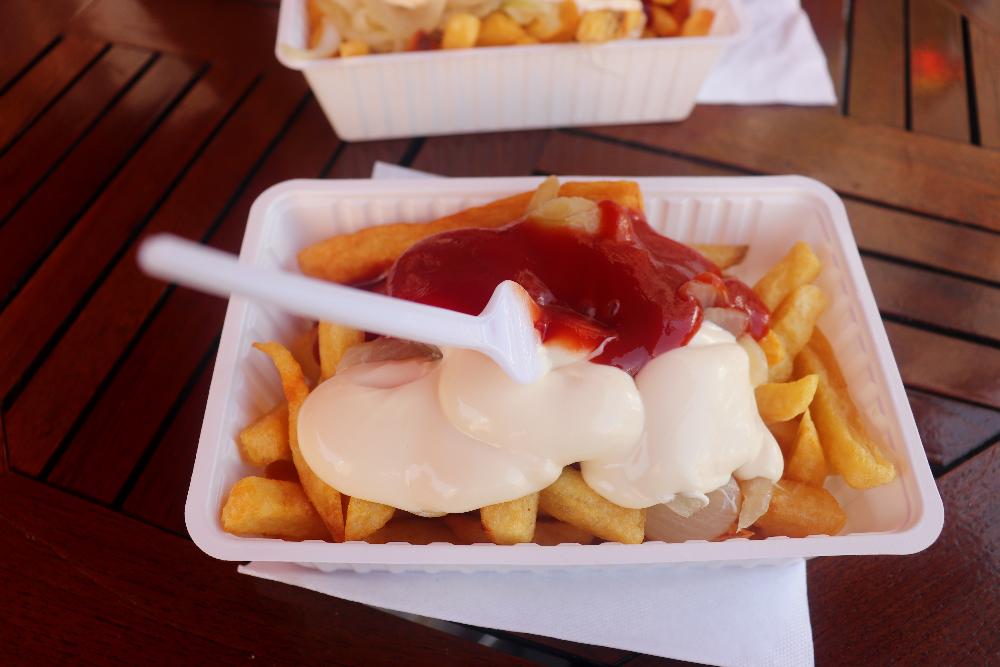
A country which has been on my list for many years and finally I was able to visit it as a part of multi-European trip. I have heard many people saying that Brussels, or in fact Belgium was not as interesting as other countries. Naturally, it's proximity to Paris or Amsterdam makes it be overlooked, and lacks the wow! factor to other European Capitals like London or Berlin.
However, I was very impressed with Brussels by it's beauty, great architectural buildings, big old town hall square and the many streets around it's centre offering local and European cuisine. The atmosphere of Brussels was also good, it felt safe, relaxed and free. It is a more quiet city, this being a positive experience and being able to walk around all the city centre without the need to take a metro or bus is also very comfortable. Great cafes and snack places where they serve Belgian fries and waffles was the highlight of the trip and taste those rich flavours!
There is a lot to see and do in Brussels, at the same time, there are lots of countryside smaller cities and towns waiting to be explored. So I make it my aim to be able to discover more from this country, it's scenery and local towns to sample more of what this unique country has to offer!
(Once visited)
Brussels Tourism Information Guide
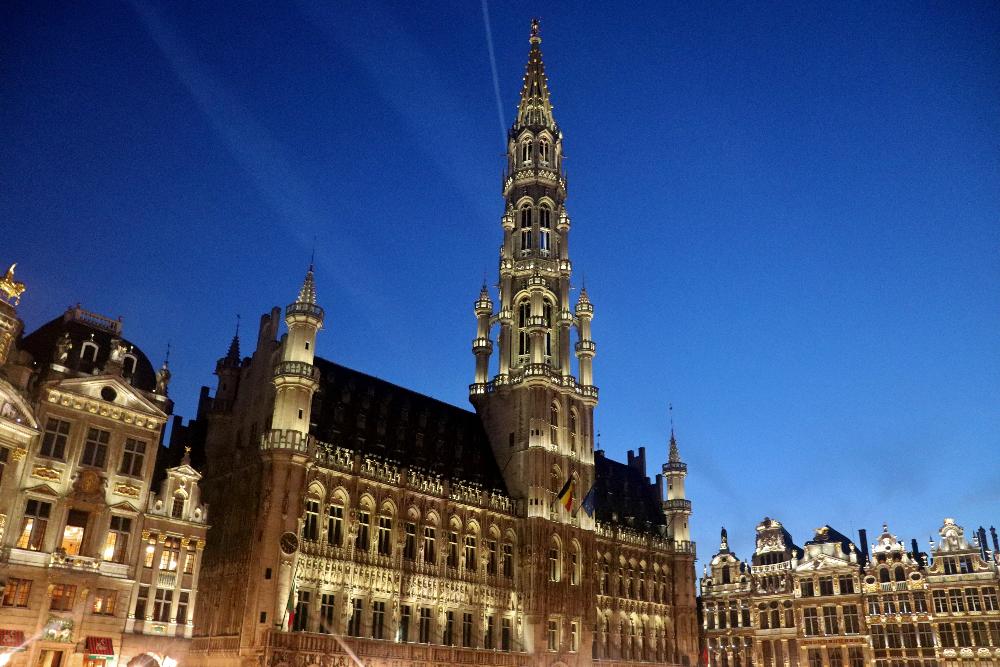
Brussels, is the capital of Belgium, principal seat of the Belgian Royal Family, and capital of the European Union. Brussels is Belgium's main economic and educational hub, which gives the city a more work feel than other towns. However, in Brussels you can get a proper feel for Belgian life, especially its fantastic restaurant and café culture, the capital has more than enough things to do to keep visitors occupied, with world-class museums and art galleries, as well as more modern sights, such as the Atomium, and some wonderful remnants of old architecture in the old town quarter. Don't forget to stock up on Brussels' famous chocolate and try some Belgium specialities like fries and waffles!
Brussels is a popular place to visit at any time of the year. However, many tourists choose to stay in Brussels between late spring and early autumn (May to September), when the weather is at its best, although due to the favourable climate, the many attractions can also become crowded and hotels more expensive.
Brussels becomes noticeably quieter when the winter climate is at its coldest, from December to February. The weather at this time is often frosty, with periods of light snow, sleet and rain. January tends to be the coldest month in Brussels and whilst the climate is chilly and often windy, daytime temperatures rarely fall to freezing and average approximately 5°C, dropping to -1°C at night.
The weather quickly improves and by the middle of April, increased sunshine results in highs of around 15°C on the best days. March to May would be the best time to visit Brussels. In June, July and August, you can expect to enjoy summer highs 28-30°C during the best weather, although rainy spells are always a possibility.
Brussels is well connected by public transport and it's infrastructure is reliable and modern. There are metro, tram and busses for those who take public transport, they are the best way to travel around the city when visiting. However roads are not as crowded as other European capitals, so finding parking and driving in Brussels is also easy if you are renting a car.
First, when arriving by plane to Brussels, there are two main airports:
- The main international gateway to the city is called Brussels Zaventem. It is located closer to the city centre and connected by train or bus. Taking the train costs €9.00 one way, with a ride time of just under 20 minutes. Buy your train tickets here. It is also possible to take the train if you connecting to other cities like, Aarlen (170 min), Antwerp (32 min), Bergen (75 min), Bruges (90 min) or Charleroi (83 min). There are also express busses that go between Brussels airport and the European quarter in 30 minutes (Platform C). From Monday to Friday (Until 20:00) there is an express service (number 12) that only serves major stops. During the week, including Saturday and Sunday (and holidays), after 20:00 the line is the number 21 and serves all the stops. It is cheaper to get the tickets at the vending machines, than from the driver. Other public busses into the city centre, are bus 272 or 471 to Gare du Nord (Brussels North train station) for €2. There are also express busses to Antwerp for €10 one way.
- The other airport, south of Brussels is called Charleroi Airport, popular for low cost airlines and charter flights. The airport is located 46 Km from central Brussels. Only by express bus or driving it's possible to reach it. The bus times are scheduled to fit in with the flight times and they start running at 3.30am. There is a bus every 30 minutes for a cost of €14.50 one way. To get the best price, you can buy your ticket online here.
When arriving by train you can arrive at the central station (Gare du Midi) or at the North Station (Gare du Nord) depending on where you are coming from. Both stations are connected to the metro or trams. For international busses arriving and departing at Brussels is located just outside the North Station.(Gare du Nord).
The city of Brussels counts with a spacious, modern and efficient transport network,one which is integrated under one system called the MOBIB card. This electronic card costs €5 and can be used on all metros, busses and trams in the city. However you need to register for it and you will need an ID to obtain it. For visitors and tourists it's easier to buy daily tickets which cost €7.50 (24H ticket), €14 (48h ticket) or €18 (72H ticket). Single tickets cost €2 when bought from vending machines.
For the maps of the transport in Brussels please refer to the button links below:
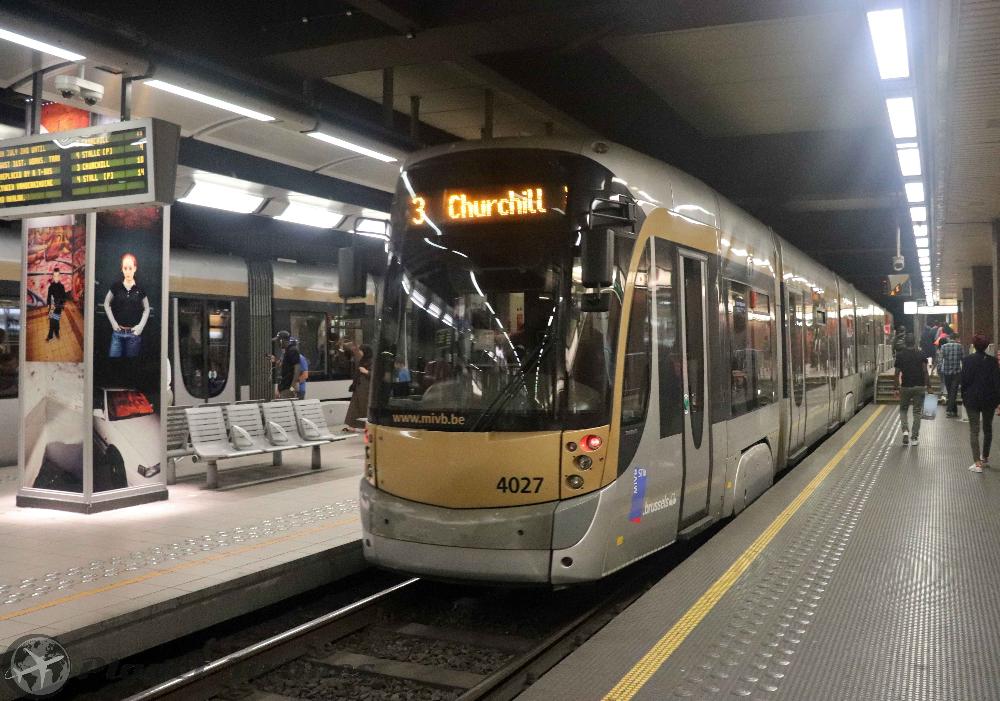
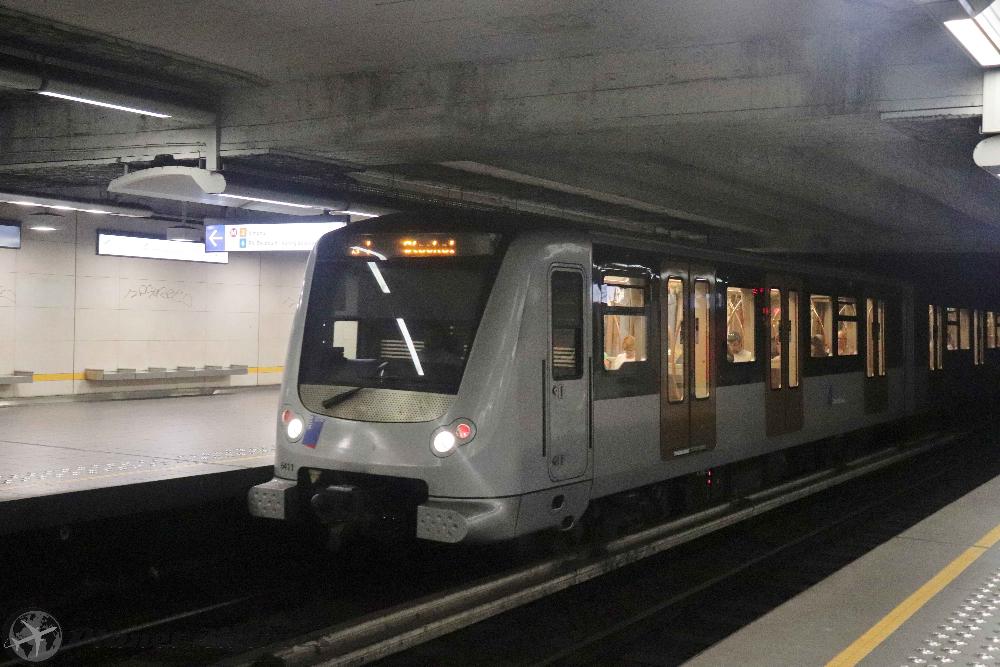
Brussels is honoured to be 3 capitals at once, capital of Flanders, Belgium and Europe. The city started life as a fortress, then developed into a market square and eventually blossomed into the economic, political and social centre of the Flemish capital. Brussels, is a fascinating place with stunning architecture and fascinating history packed into every street and alleyway. The vibe of the city is sometimes very business and bureaucracy focused but at other times it feels laid back and relaxed.
You can find beautiful buildings like the Grand-Place, The Town Hall or Brussel’s Notre Dame Du Sablon as well as more more unusual attractions like the Manneken Pis and The Comic Strip Centre. Brussels has a lot to offer to visitors and locals alike, they all mix together in the many alleys and streets packed with European restaurants serving in particular Greek, Turkish or Italian cuisine. If it's business that brings you to the city then, going out in the evening and tasting some Belgian beer and enjoying some local gastronomy, relaxing after a hard day of work is a very rewarding experience! If you coming to Brussels to visit, check out the many curiosity shops around the centre, antiques, souvenirs, general shopping, parks, museums and other attractions waiting for you! It's definitely not a boring city at all!
Below you can find some of the main things you can do to keep busy in Brussels:
- Grand-Place: a UNESCO World Heritage Site, is the main tourist attraction of the City of Brussels although its beginnings were less than glamorous. The area was just a swampy sand-bank between two brooks, known as ‘broek sella’ which gave Brussels its name. The sandbank was reclaimed and turned into ‘Niedermerckt’ (lower market) and sold French and English textiles, French wines and German beer. In the Middle Ages wooden houses were built around the market and by the 14th century wealthy families took to building stone mansions which led to the market developing into the main commercial administrative centre. The town hall came in 1402 and by now it was also a political centre. This is where dukes, royalty and emperors were received but the square was also the site of executions. Today the Grand-Place is a beautiful, open cobbled medieval square and is Brussels’ main market square.
✔️Tip: The key time to visit the Grand-Place is every two years, (on even numbers) during the third week of August, Belgian begonia cultivators decorate the Grand-Place with a beautiful flower carpet using around 750,000 begonias. Visitors are greeted with 3,200 square feet of amazing plant tapestry depicting a different theme every year. The square is where daily business is done and where a flurry of local bars and cafés are a superb example of top quality café culture. There is also a daily flower market between March and October and often accompanied with concerts and a light show in the evening.
- Whilst at the Grand-Place there is a building which attracts all the attention, the Gothic Hôtel de Ville or Town Hall. It dates back to 1402 and is the seat of civic government. It is an attractive building with arched windows, towers and adorned with sculptures. If you are feeling energetic, climb the 96 metre high Brabantine Gothic tower and enjoy the amazing views over the city. Entry costs €5 per adult.
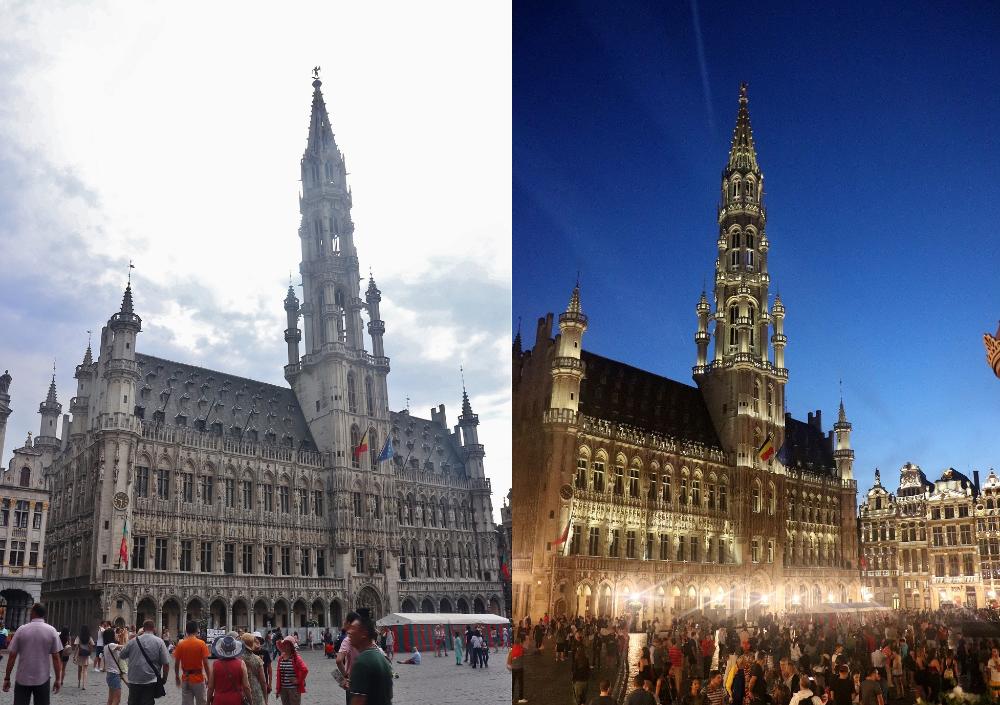
- Manneken-Pis or commonly referred to ‘Pissing Boy’ (Petit Julien) This cheeky, statue is a major character in the folklore of Brussels and perhaps is the icon of the city and a "must not miss" sight! He is probably Brussels’ most photographed statue, yet it is only 60cm high. He was designed by Jerome Duquesnoy and is a small fountain piece where the water emerges from a tiny metal penis that the boys points at the viewer. Normally the statue is naked but sometimes it gets dressed with themed clothing or suits depending on the occasion and the day. You will find the statue at the Corner of rue de l’Etuve and rue Chêne.
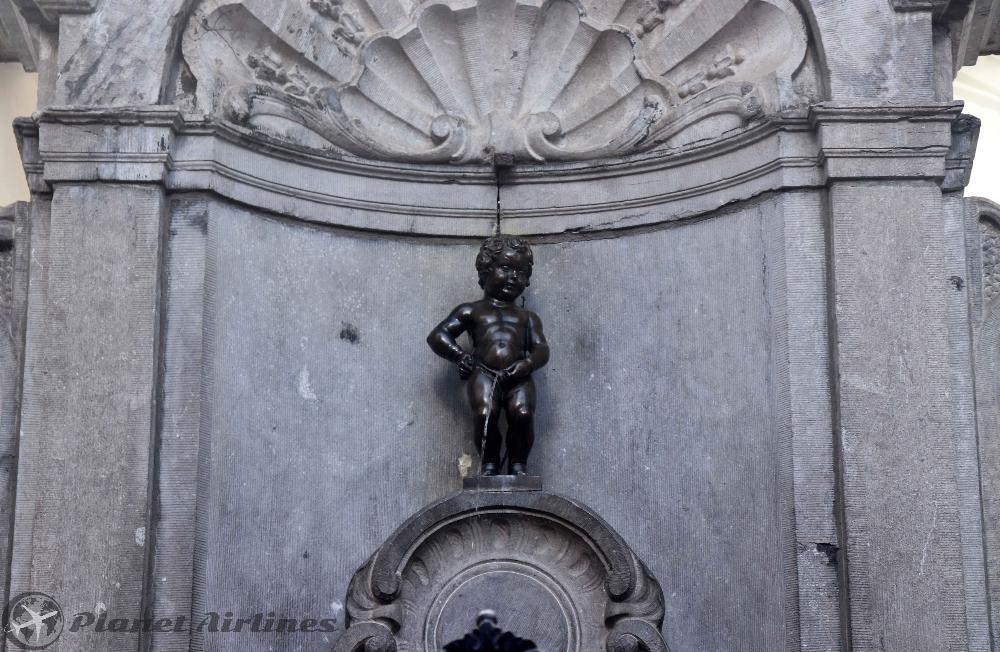

✔️Tip: After taking pics with Manneken-Pis, walk around the streets and find excellent snacks and chocolates to taste and take away! The best waffles and chocolate displays can be seen and bought along rue de l’Etuve street!

- City Museum: The French name of Maison du Roi is translated as ‘the Kings House’ but although the building is a richly ornamented masterpiece, no royalty ever lived here. The Flemish called it ‘The Bread House’ because the house replaced the town’s Bread Market which had been there for hundreds of years.This museum is dedicated to the history of Brussels, and if you have already seen the Manneken-Pis, in here you can view his costumes. The history of Brussels is told over three floors from the Middle Ages to today. You will find it at the Grand Place square (opposite the Town Hall). Cost €4.
- Centre Belge de la Bande Dessinée (Belgian Comic Strip Center): Belgium has more comic strip artists per square kilometre than any other country, so If you love cartoons, you may appreciate this museum dedicated to the comic strip. It is housed in the Waucquez Warehouse, a masterpiece in itself, designed by Art Nouveau architect, Victor Horta. You will be taken on the journey a comic strip artist has to make from concept to shop. There’s over 5000 original drawings and an entire section to Belgium’s famous cartoon character hero: Tin Tin. Entry is €8.
✔️Tip: You can see six dramatic and amusing cartoon murals painted on gable ends around the city. These were commission by the city itself. You can get the locations of them by getting a map located in the Town Hall tourist office.
Heysel Park and the Atomium: Heysel park, located in the west of Brussels, is dedicated to recreation and leisure. In 1985, the European Champions Cup tragedy took place in the Heysel stadium killing several spectators. It has been redesigned since then and renamed Stade Roi Baudoin (King Baudoin Stadium).One of the highlights of the park is the Atomium. This is a glistening 102 metre high model of an atom magnified 165 billion times made out of chrome and steel designed by André Waterkeyn. It was erected for the 1958 World Fair to symbolise a new ‘atomic age’. It comprises nine 18 metre diameter steel spheres connected by tubes, all of which contain exhibits.It is probably more impressive on the outside than inside but a high-speed, glass-roofed lift takes visitors to the top in just 23 seconds where you can stop for a beer and a snack, take in the views and then take the escalators down stopping off at the various spheres. Entry is €15. Closest metro station is Heysel.
- Mini-Europe: Next to the Atomium is Bruparck,(Mini-Europe) it's a 25 hectare leisure park of several amusements and attractions. This includes a 27 cinema complex called Kinepolis, an all-round Imax screen, a planetarium and a water park called L’Oceade. The most symbolic and interesting features of the park are the display of some of the most famous and symbolic buildings of the countries of the European Union at 1/25th of the original size. You will see gondolas, a TGV train on its way to Paris or even hear the unmistakable sounds of Big Ben in London. Entry to the park is €15.50.
✔️Tip: To save money, if you want to visit both the Atomium and Mini-Europe park, you can buy a combined ticket for €27.50. (Check the links).
- Place du Grand Sablon: Antique lovers should not miss this antiques market in Place du Grand Sablon where on the square and the streets panning out from the square: Rue de la Paille, Rue des Minimes and Rue de Rollebeek are particularly interesting for antique shopping. Closest tram stop: Petit Sablon, trams 92 and 93.
For another kind of shopping, (designer fashion) head for the Galleries. There are three Galeries Saint Hubert, Galeries du Roi and Galeries de la Reine. They are worth popping into just to take a look at the amazing glass roof or sit around the elegant cafe's and taste some fine chocolates! Located between Rue du Marche aux Herbes and Rue de l’Ecuyer

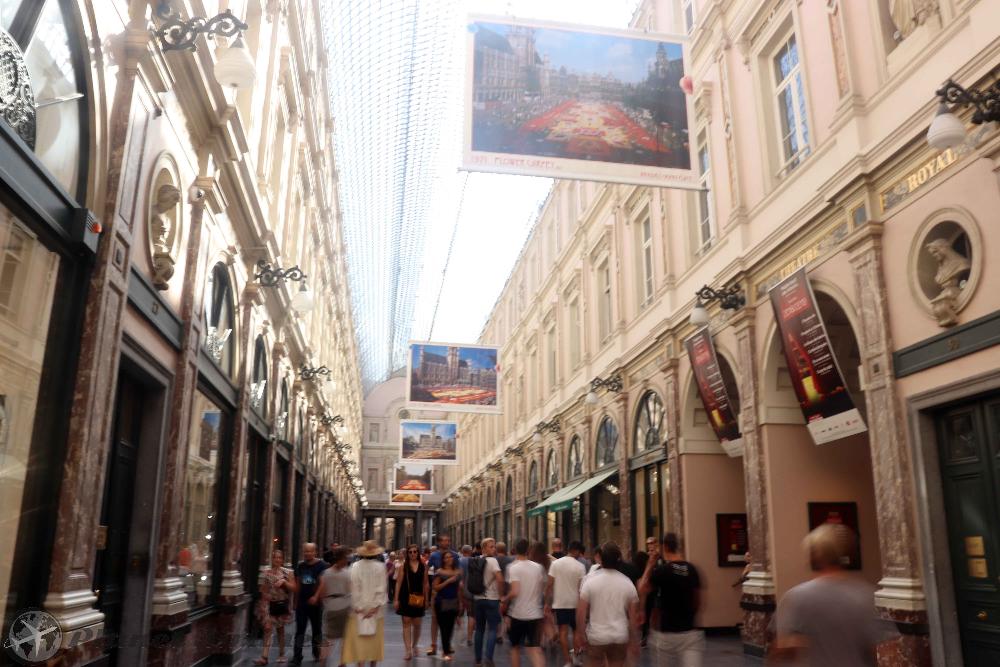

- Notre Dame Du Sablon: This spectacular Gothic cathedral dates back to the 14th Century when it was used as a chapel by the Archer’s Guild. It was extensively expanded in the next century to the popularity and supposed healing powers of the Madonna statue located within. The statue was allegedly stolen by a husband and wife team of thieves in a rowing boat. The location of the statue is unknown but the story is commemorated by a life-size model inside the building.
- Parc Du Cinquantenaire: The Park has been around since the reign of Leopold II. It is a great place to visit for a number of reasons, whether you plan on having a picnic on the grass whilst absorbing the stunning architecture, or you visit the museums around and see the vast collection of 35,000 artifacts housed. Closest metro station is Schuman, line 1 and 5.
Going out in Brussels is also fun at night, specially at the weekends for a better vibe. The nightlife of Brussels is varied and entertaining. It has something to suit all tastes and budgets. One of the most worthwhile nights out is Madame Mustache, a club with waiters clad in sailors attire that plays a variety of different music. Entry is free on weeknights but not weekends. Additionally there are plenty of bars and clubs to keep the "young and wild" entertained during the night! In the city centre, the nightlife area is located at street Rue des Bouchers / Beenhouwersstraat.
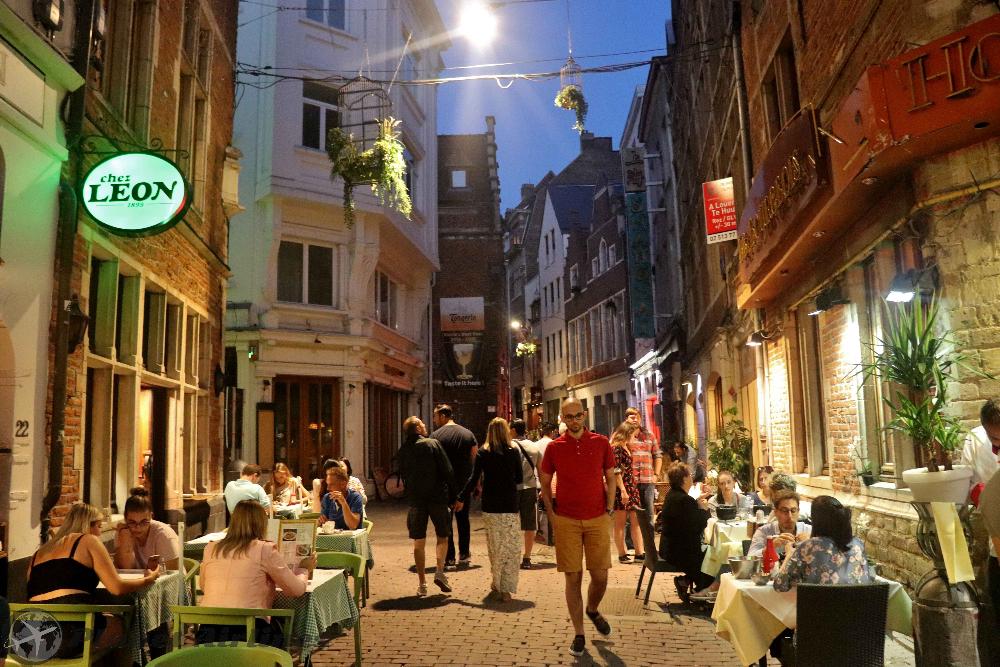
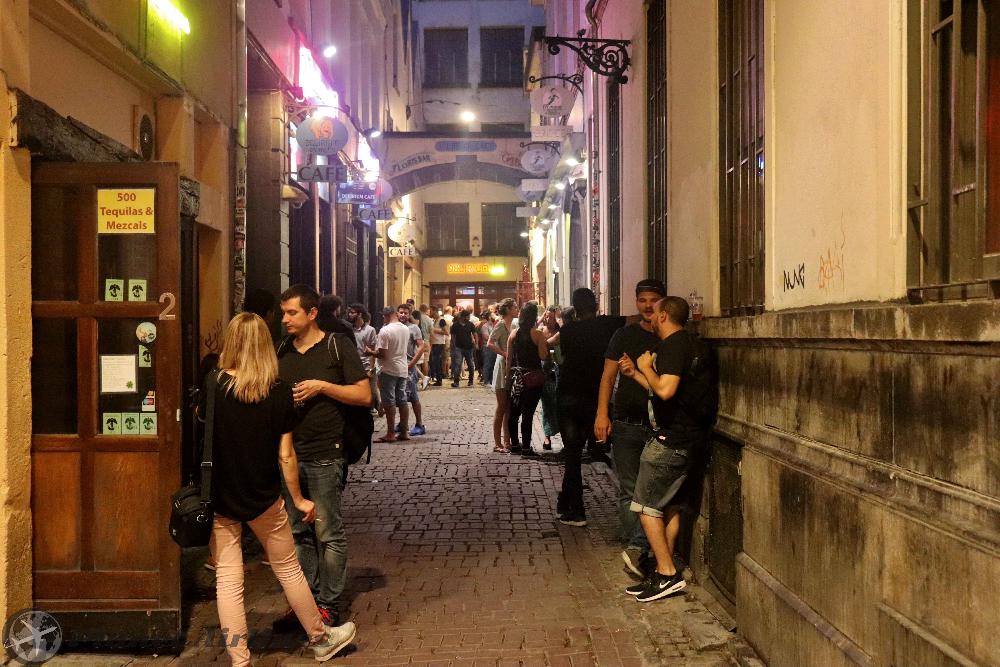
✔️Tip: See the Jeanneke Pis. If you enjoyed watching the Manneken Pis little boy fountain, then this other modern fountain will be a delight! Intended to form a counterpoint to the city's Manneken Pis. It was commissioned by Denis-Adrien Debouvrie in 1985 and erected in 1987. The half-metre-high statue of blue-grey limestone depicts a little girl with her hair in short pigtails, squatting and urinating. It is located on the east side of the Impasse de la Fidélité / Getrouwheid Gang (Fidelity Alley), a narrow cul-de-sac some 30 metres long leading northwards off the restaurant packed street of Rue des Bouchers / Beenhouwersstraat.
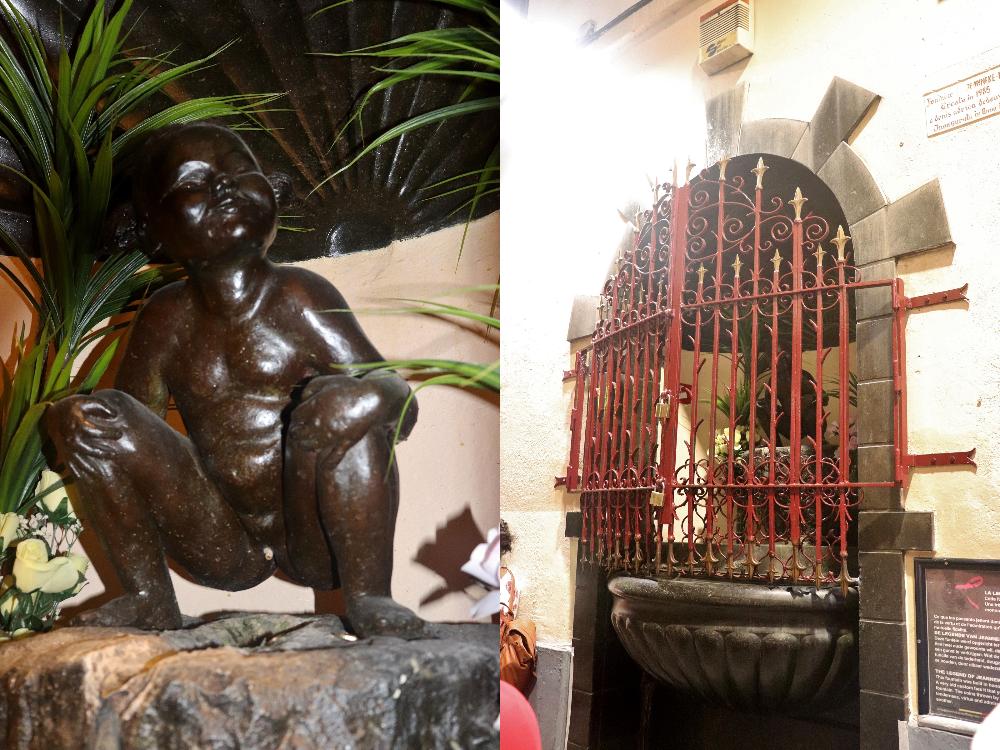
Brussels might not have the style and splendour as other major European cities, but there is still a lot of shopping opportunities. he best areas are in the Boulevard de Waterloo area Avenue Louise where all the designer shops and boutiques can be found. Here one can expect to see names such as Louis Vuitton, Gucci, Versace, Chanel and Bvlgari, to name a few. Specialty shops can be found in Rue Haute and Rue Blaes
The Rue Neuve is the main pedestrian shopping street and is coincidentally the longest one in Brussels. Here shoppers can find mostly international chain stores while more original independent stores are located between the Grand Place and the Rue Lemonnier. The Westland Shopping Mall boasts over 140 shops and has all the usual big department stores and trendy stores, great for clothing, jewellery, books and entertainment.
Hotels in the city centre are generally expensive at around €100 per night, if not more, this is because Brussels is a very political and business type of destination, making prices always high. Also the Summer period sees prices increase. The trick is always to book in advance if you want to save money.
There are other non-chain hotels which can cost €50 but need to book well in advance. Cheaper hotels and accommodation can be found in the outskirts of the city ensuring you are connected with some public transport. It is also possible to stay at private flats or shared accommodation via Booking.com or Airbnb respectively.
Brussels is a smaller city compared to other major capitals. Walking and exploring the city is pleasant and visiting the attractions it has to offer doesn't take much time travelling from one to another. The city itself is small enough to see it in a day or two.
However, there is much more than meets the eye and if you want to travel to the outskirts and other cities around Belgium consider making Brussels your ideal base.


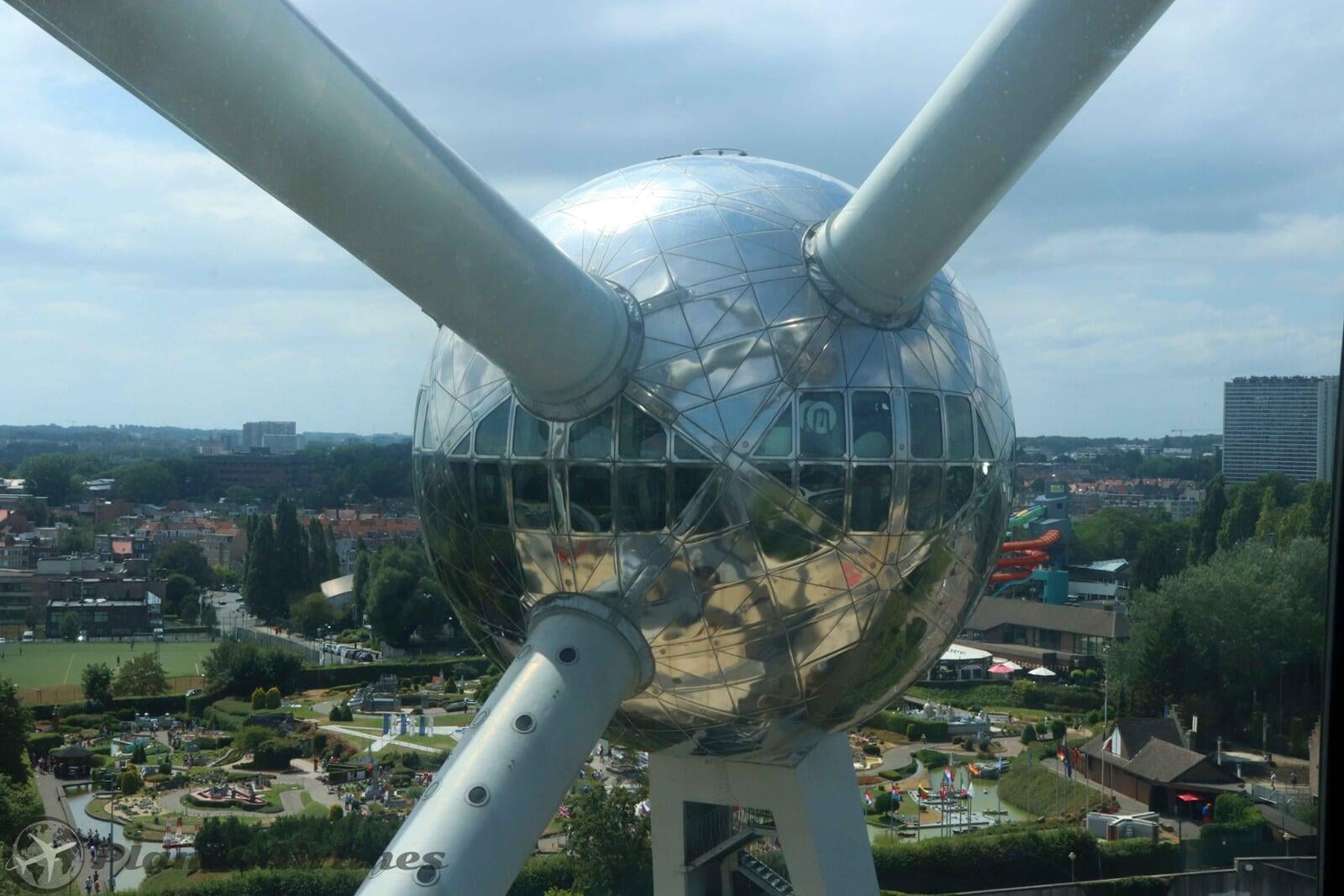

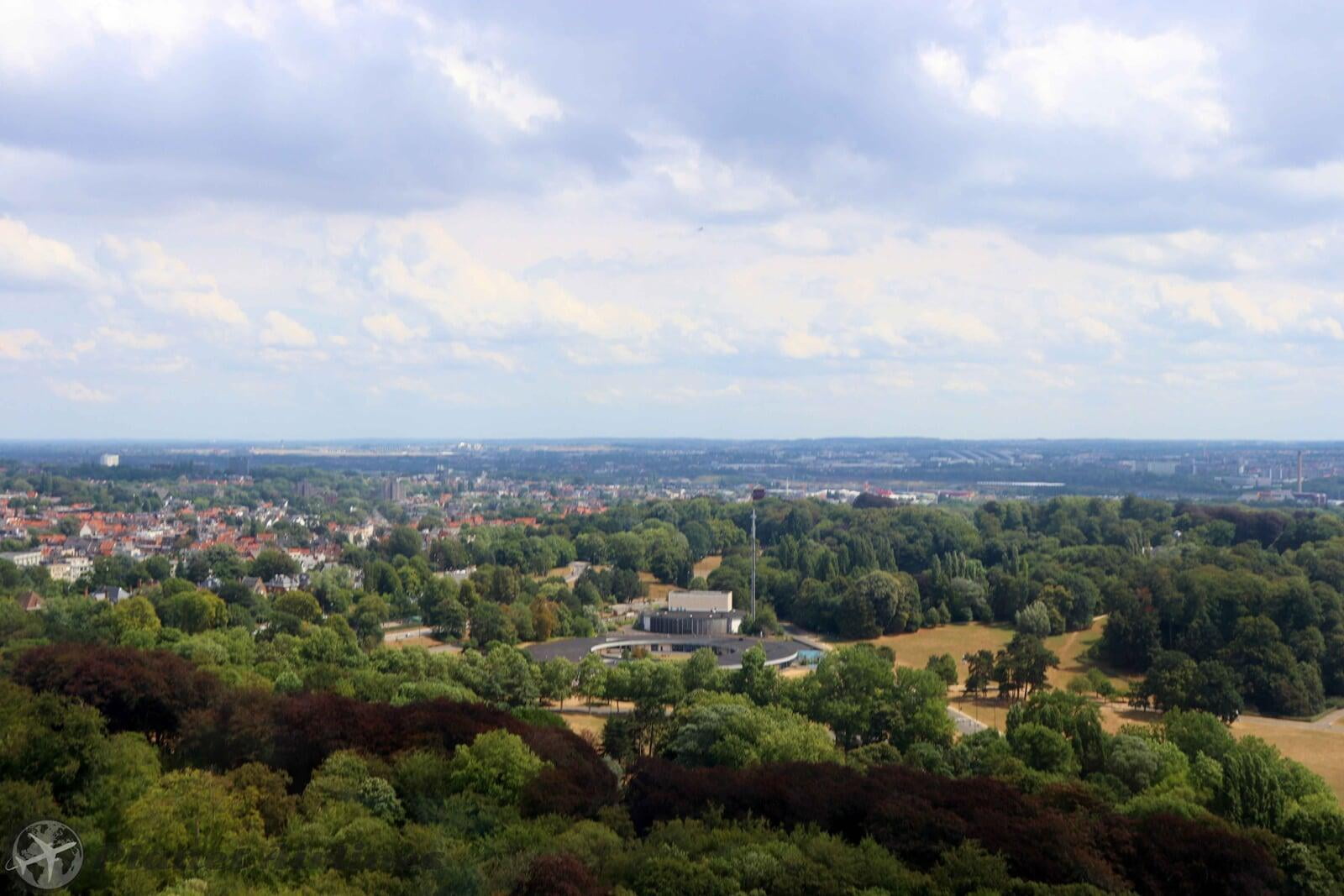



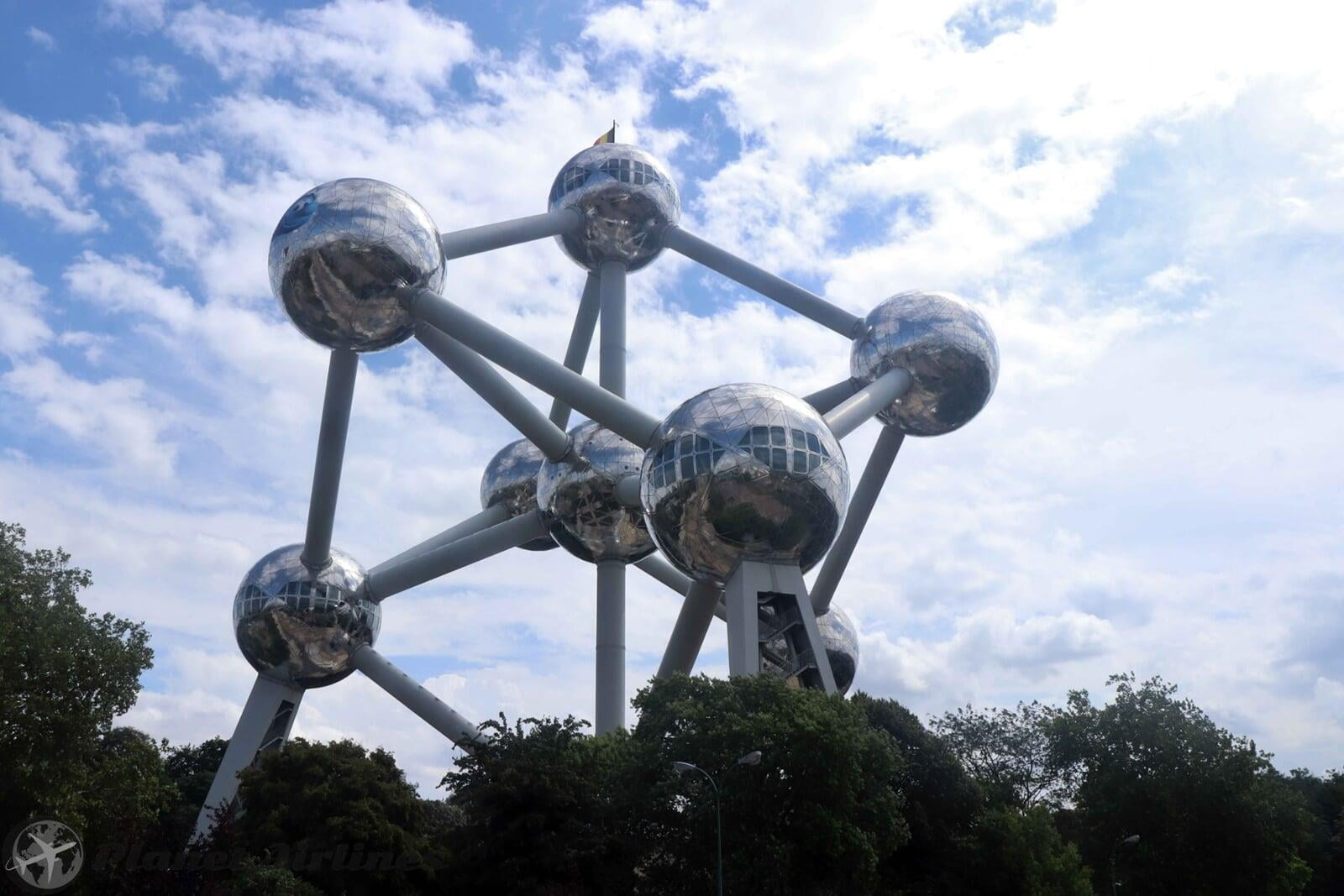
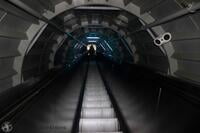
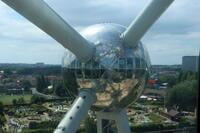
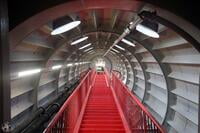
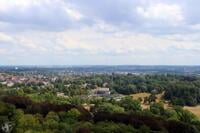
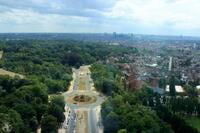
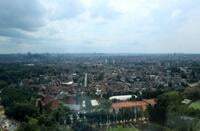
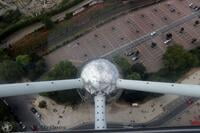
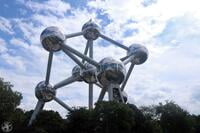
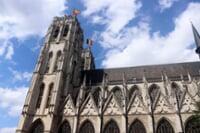
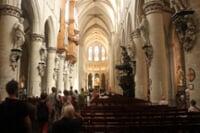
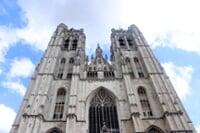
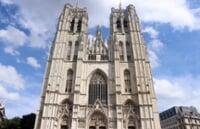




















.png)